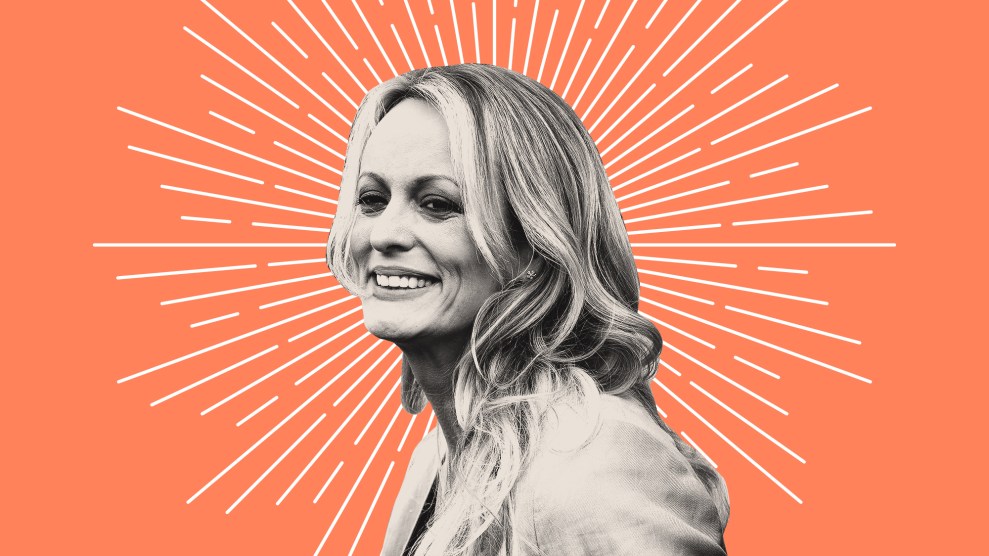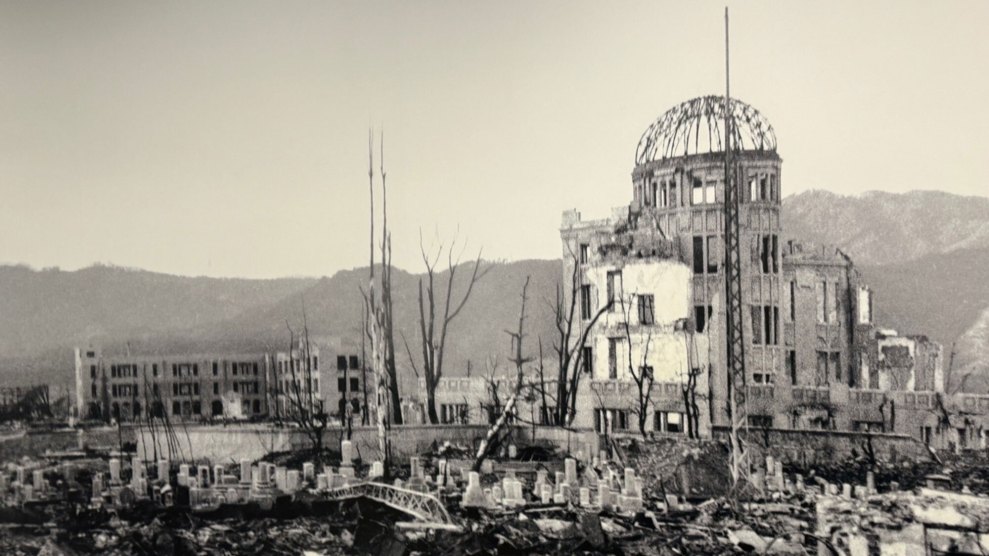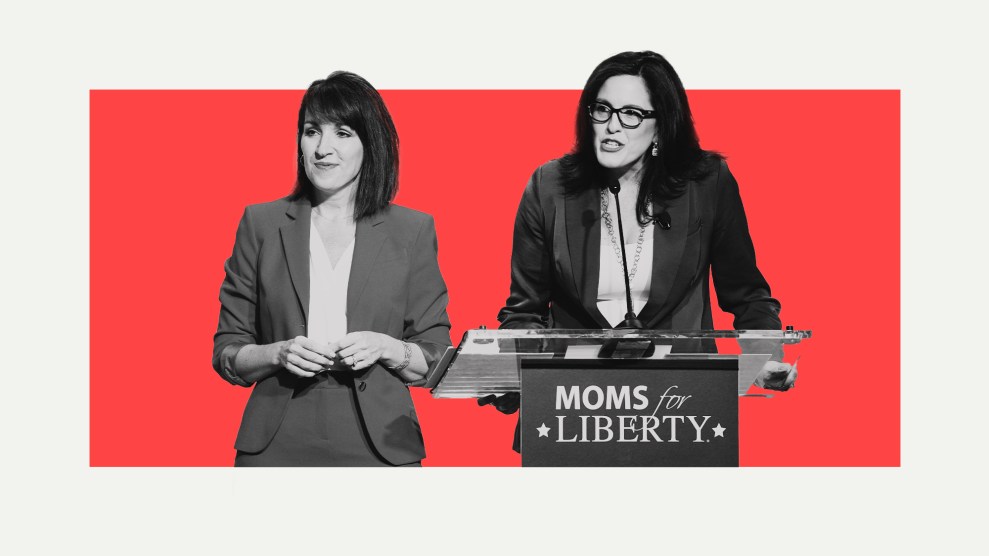In 1995, the criminologist and political scientist John DiIulio was invited to the White House to attend a working dinner on juvenile crime. “President Clinton took copious notes and asked lots of questions,” he reported. So what did DiIulio tell him? In late 1995 DiIulio wrote a magazine article that gives us a pretty good taste:
The Coming of the Super-Predators
We’re talking about kids who have absolutely no respect for human life and no sense of the future….And make no mistake. While the trouble will be greatest in black inner-city neighborhoods, other places are also certain to have burgeoning youth-crime problems that will spill over into upscale central-city districts, inner-ring suburbs, and even the rural heartland.
….“They kill or maim on impulse, without any intelligible motive”….The buzz of impulsive violence, the vacant stares and smiles, and the remorseless eyes….they quite literally have no concept of the future….they place zero value on the lives of their victims, whom they reflexively dehumanize…. capable of committing the most heinous acts of physical violence for the most trivial reasons….for as long as their youthful energies hold out, they will do what comes “naturally”: murder, rape, rob, assault, burglarize, deal deadly drugs, and get high.
It’s hardly surprising that this made an impression. A couple of months later, in early 1996, Hillary Clinton gave a speech about her husband’s anti-crime agenda. In particular, she noted his efforts against drug gangs:
We also have to have an organized effort against gangs, just as in a previous generation we had an organized effort against the mob. We need to take these people on. They are often connected to big drug cartels, they are not just gangs of kids anymore. They are often the kinds of kids that are called “super-predators”—no conscience, no empathy. We can talk about why they ended up that way, but first we have to bring them to heel.
As we all know, DiIulio turned out to be wrong about the future of crime. Juvenile crime didn’t continue to get worse, it got better. But he didn’t know that at the time, and neither did Bill or Hillary Clinton. All they knew at the time was that DiIulio and many others were telling them about a growing number of kids who were impulsive, remorseless, violent, and had no conception of what their actions meant for their future.
Does this remind you of anything? It should, since I’ve been blathering about it for years now. This is a portrait of a lead-poisoned teenager raised in an already violent environment. Here’s what I wrote about them in my original article about lead and crime:
A team of researchers at the University of Cincinnati has been following a group of 300 children for more than 30 years and recently performed a series of MRI scans that highlighted the neurological differences between subjects who had high and low exposure to lead during early childhood.
….Exposure to lead during childhood was linked to a permanent loss of gray matter in the prefrontal cortex—a part of the brain associated with aggression control as well as what psychologists call “executive functions”: emotional regulation, impulse control, attention, verbal reasoning, and mental flexibility. One way to understand this, says Kim Cecil, another member of the Cincinnati team, is that lead affects precisely the areas of the brain “that make us most human.”
If you want to understand why Hillary Clinton used the term “super-predator” in 1996, that’s why. It may have been the wrong thing to do—DiIulio’s term was criticized by plenty of other criminologists, not least because of its racial subtext—but it was hardly invented out of whole cloth. At that moment in history, juvenile crime really was high, and many of the lead-poisoned teenagers responsible for it really were scarily impulsive, violent, and conscienceless.
Little did we know that we had already solved the problem years before when we banned lead paint and then leaded gasoline. By the turn of the century, juvenile crime was down dramatically, and it kept falling for the next decade. The super-predators faded away. But that doesn’t mean they never existed.

















